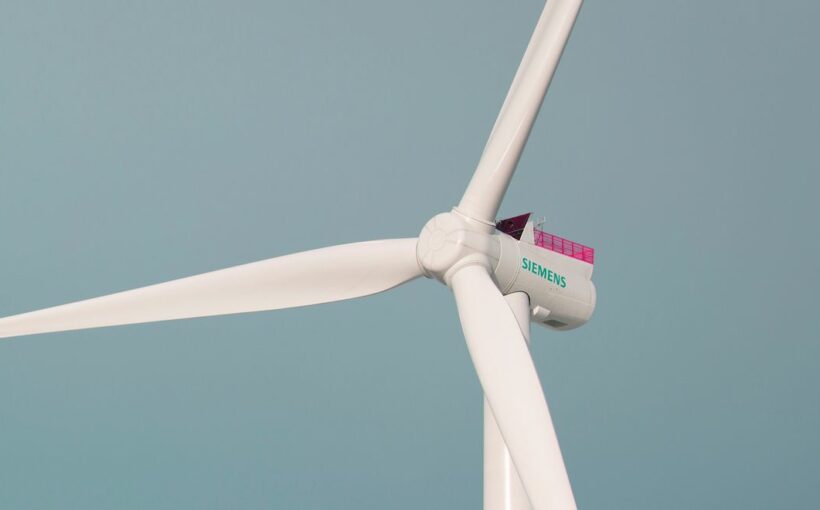Siemens Gamesa Renewable Energy SA andSiemens Energy AG plan to spend 120 million euros ($146 million) to figure out how to generate hydrogen from wind farms in the middle of the sea.
The companies aim to build a prototype with one of Siemens Gamesa’s new wind turbines that are the largest on the market with blades that stretch 222 meters (728 feet), roughly the length of two soccer pitches. It’s the latest effort by some of Europe’s biggest clean energy companies to get an edge in the growing market to produce hydrogen from renewable energy.
$69.9B Renewable power investment worldwide in Q2 2020 -6.67% Today’s arctic ice area vs. historic average 0 6 5 4 3 2 0 5 4 3 2 1 0 6 5 4 3 2 Soccer pitches of forest lost this hour, most recent data
Bishkek, KyrgyzstanMost polluted air today, in sensor range 40% Carbon-free net power in the U.S., most recent data 0 6 5 4 3 2 0 3 2 1 0 9 0 8 7 6 5 4 .0 5 4 3 2 1 0 3 2 1 0 9 0 1 0 9 8 7 0 6 5 4 3 2 0 2 1 0 9 8 0 9 8 7 6 5 Parts per million CO2 in the atmosphere +0.97° C Nov. 2020 increase in global temperature vs. 1900s average
50,820 Million metric tons of greenhouse emissions, most recent annual data
Clean-burning hydrogen is a key part of the European Union’s plan to effectively eliminate greenhouse gas emissions by the middle of the century. Hydrogen made from a wind farm could be used to cut emissions from heavy industries or chemical producers that are struggling to limit their impact on the climate.
Wind Turbine Behemoth Plans for Future by Getting Into Hydrogen
The companies plan to place machines that generate hydrogen on a platform adjacent to the wind turbines at sea. They say that could help cut costs for the fuel, which is currently much more expensive than hydrogen made from fossil fuels.
Siemens Gamesa is subsidiary of Siemens Energy, which was spun off from the Munich-based engineering giantSiemens AG last year.
The turbine maker aims to ultimately offer customers a package deal that would include turbines along with hydrogen-producing machines known as electrolyzers from Siemens Energy, said Poul Skjaerbaek, Siemens Gamesa’s chief innovation and product officer.
Each giant turbine would have an electrolysis system with a capacity of 5 megawatts to 10 megawatts, Skjaerbaek said. If such a system were equipped for some of the biggest wind farms planned in the North Sea, that could lead to gigawatt-scale green hydrogen production at a single site.
How Hydrogen Became the Hottest Thing in Green Energy: QuickTake
Still, any such deployment at scale is a long way off. The companies are first focused on the feasibility and doing tests to ensure the technology would work properly under the harsh conditions at sea.
Siemens Energy and Siemens Gamesa aim to have some of the project cost covered by government funding, according to Armin Schnettler, executive vice president for new energy business at Siemens Energy.
Source: Read Full Article

